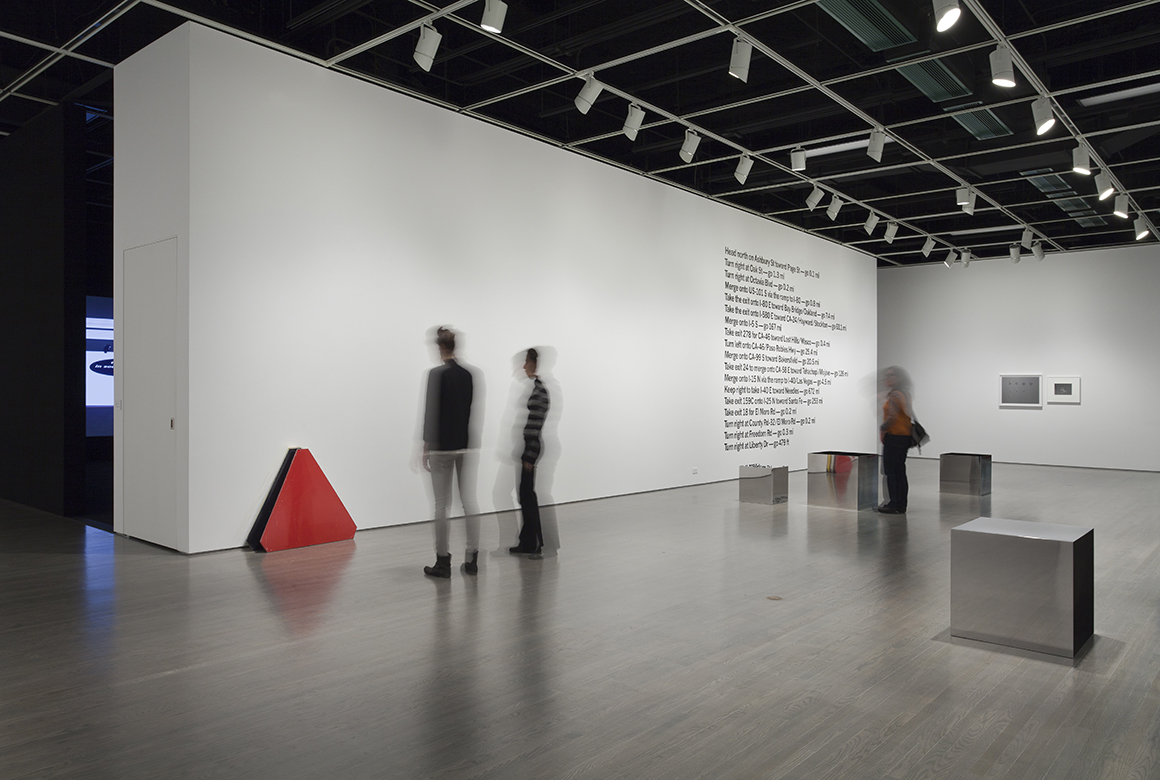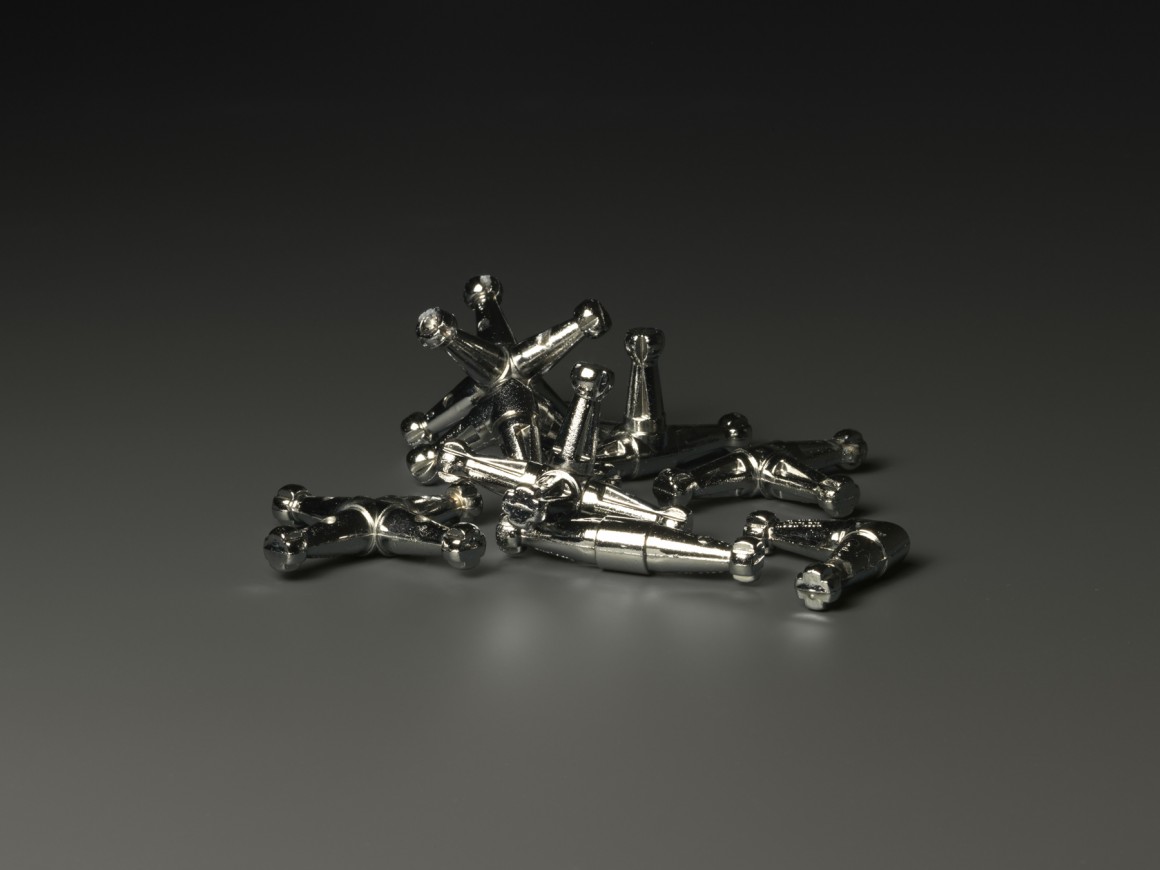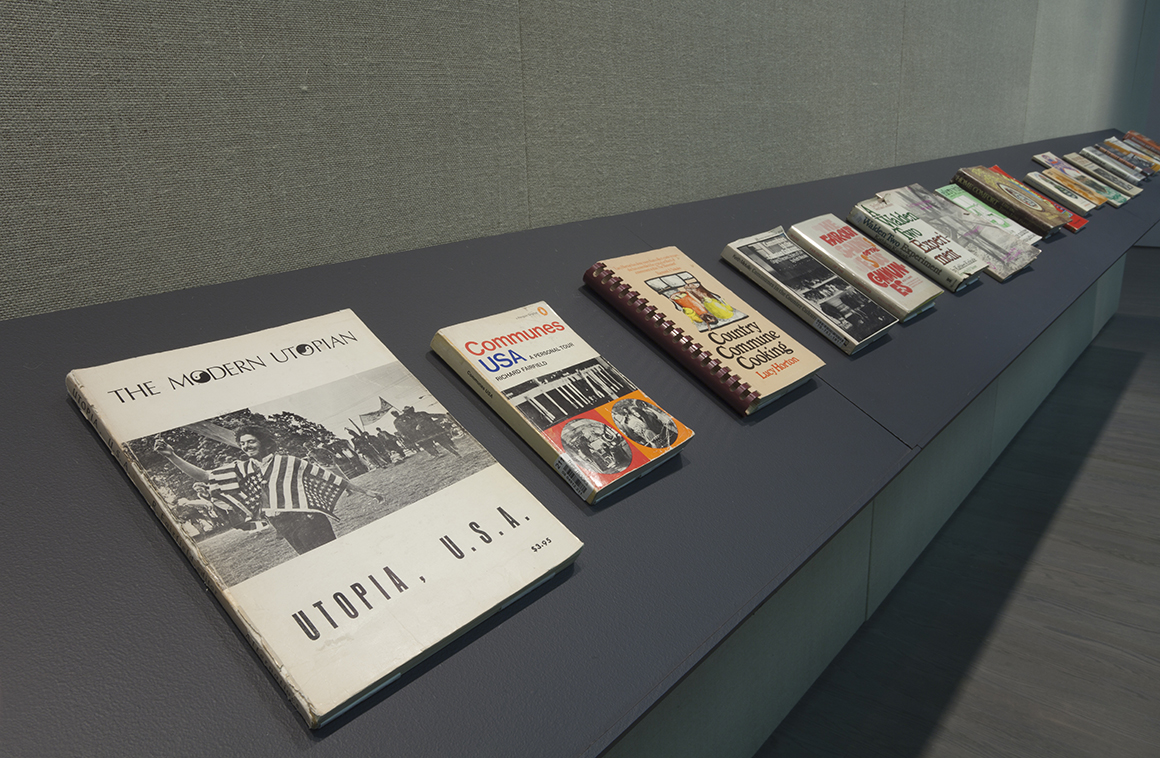the particular way in which a thing exists
November 16, 2012 – January 26, 2013
Curated by Michèle Thériault
Exhibition Opening
Thursday November 15, 5:30 – 7:30 pm
This exhibition revisits a set of projects realized over the past twelve years by Martin Beck, whose interests lie at the intersection of art, design, architecture, and historical inquiry. Beck is concerned with shifts and changes of perspective that occurred in the period of late modernism; how their material, formal, and social structure impacts contemporary culture. The works assembled stem from a number of projects developed over time and include investigations into the history of communal living, notably the famous American commune of Drop City; the emerging discourse on ecology and politics at the 1970 International Design Conference in Aspen, Colorado; student protest and history writing in the case of the brutalist Art and Architecture Building by Paul Rudolph at Yale University; and the impact of modularity on the exhibition, exemplified by designer George Nelson’s Struc-Tube display system. Beck distills from these references a paradoxical coexistence of emancipatory promises and logics of control that run through and between them.
An interrelated concern for Beck is what generates form making and what rules govern it, whether it be forms of organization, display, communication, enunciation, knowledge, or research and how it comes together, operates, and is perceived in the format of the exhibition. Conversely, in using the exhibition as a medium, Beck asks how the exhibition and the artworks therein provide and negotiate a space for this investigation.
Read morethe particular way in which a thing exists offers a way of looking, reading, and experiencing a body of work by Martin Beck as it interfaces with an exhibition space that is contiguous to a library, within a university environment. His recent film Turn Take Merge, presented here as an installation, provides a methodical framework for the connections and gaps between the works placed in the divided space of the gallery. The film is based on a journey shown by means of directional waypoints (and viewpoints). Turn Take Merge also works as a temporal hinge pointing to the very cultural shifts and ruptures Beck considers in his projects and how they are negotiated in the display of video, photographs, prints, sculptures, and artifacts in the gallery.
Martin Beck lives in New York and Vienna where he holds a professorship at the Academy of Fine Arts. In conjunction with his artistic practice, Beck also writes about art, design, and architecture. He also occasionally works as an exhibition designer.
Recent exhibitions and projects include Presentation at 47 Canal (2012), Remodel at Ludlow 38 in New York (with Ken Saylor) and Communitas at Camera Austria, Graz (2011); contributions to the Twenty-Ninth São Paulo and the Fourth Bucharest Biennales (2010); and Panel 2:”Nothing better than a touch of ecology and catastrophe to unite the social classes” at Gasworks, London (2008). Beck is the author of About the Relative Size of Things in the Universe (2007), An Exhibit viewed played populated (2005), and the recently published The Aspen Complex (2012). the particular way in which a thing exists, organized by the Leonard & Bina Ellen Art Gallery at Concordia University in Montreal, is the first exhibition to bring together and examine projects produced over the last ten years.
CloseThe Leonard & Bina Ellen Art Gallery’s contemporary exhibition program is supported by the Canada Council for the Arts.














